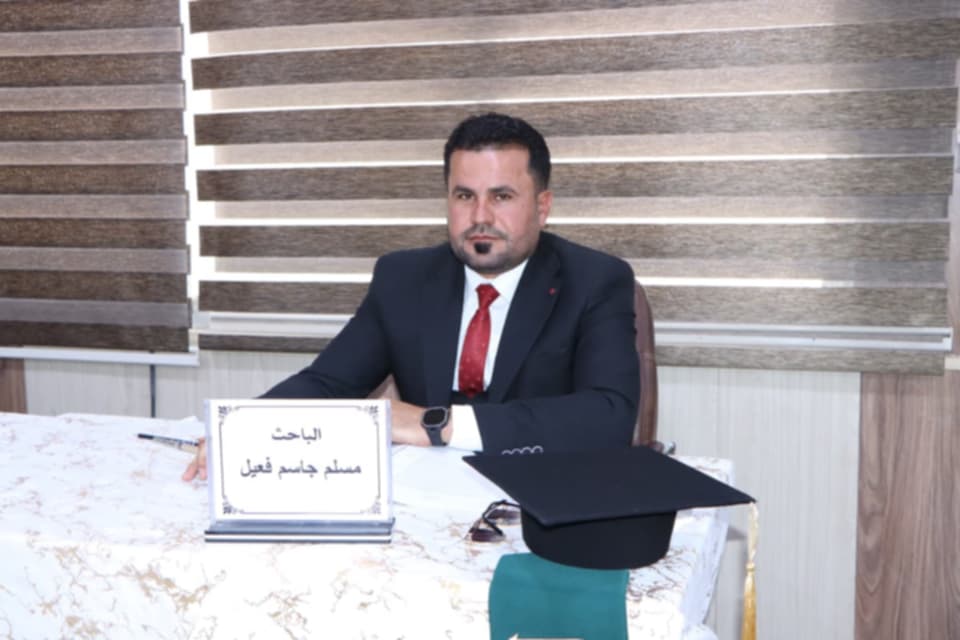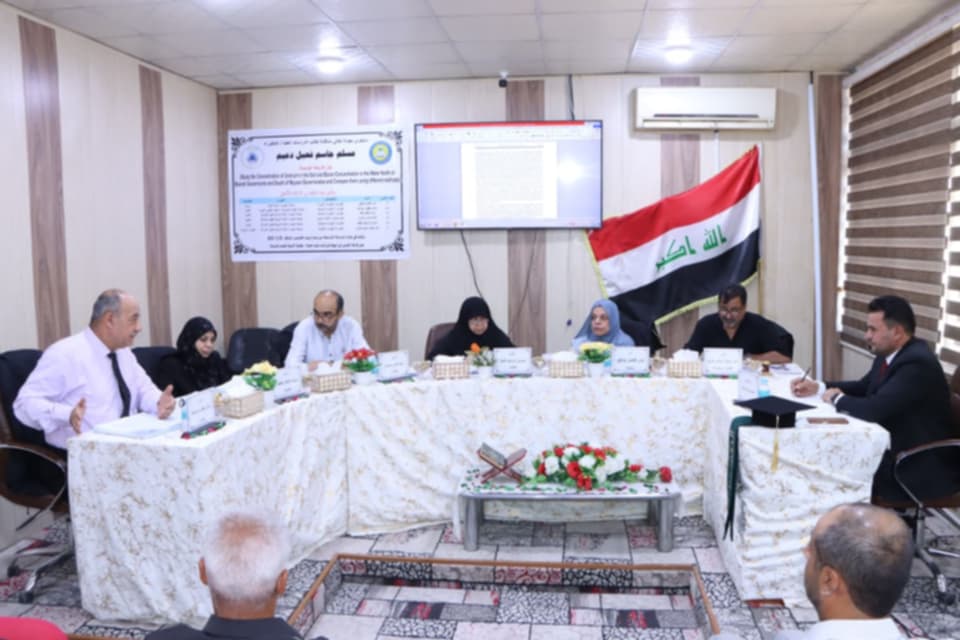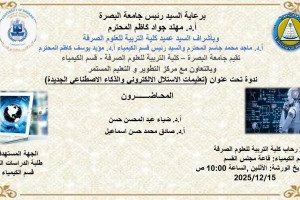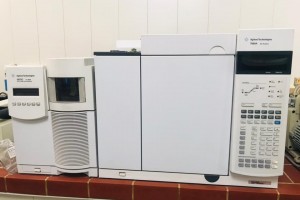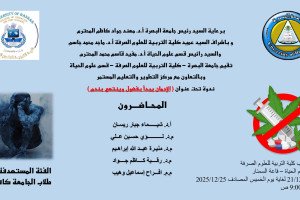
A PhD thesis was conducted at the College of Education for Pure Sciences, Department of Physics, University of Basrah, on (A study of uranium concentration in soil and boron concentration in water north of Basra Governorate and south of Maysan Governorate and comparing them using different methods). The thesis presented by the researcher (Muslim Jassim Fail) included this study, measuring the concentration levels of uranium and boron in the soil and water of areas, cities and oil fields north of Basra Governorate and south of Maysan Governorate, located in southern Iraq. The work included 200 samples (125 soil samples and 75 water samples). They were (75 soil samples and 40 water samples) from north of Basra Governorate and (50 soil samples and 35 water samples) from south of Maysan Governorate. In order to find the concentration of uranium in north of Basra Governorate and south of Maysan Governorate. ICP-MS technology and SSNTDs technology were used by the 235U(n,f) nuclear reaction to calculate the uranium concentration. The results indicated that, despite their variability, uranium concentrations were within the permissible limits. Using ICP-MS technology, the highest uranium concentration was found in the north of Basra within the West Qurna (1) and North Rumaila fields (6 ppm), and the lowest uranium concentration (0.01 ppm) was found in Sakkariya. Using SSNTDs technology, the highest uranium concentrations (0.99 ± 6.37 and 0.68 ± 6.26 ppm) were found in West Qurna (1) and North Rumaila fields, and the lowest uranium concentration (0.04 ± 0.01 ppm) was found in Sakkariya. The highest uranium concentration was found in the south of Maysan Governorate in the city of Qalaat Saleh (4.9 ppm), and the lowest uranium concentration was found in the Halfaya oil field (0.012 ppm). The thesis concluded a simple and cost-effective method using the CR-39 for detecting boron at low concentrations, making it suitable for routine analysis. ICP/OES and ICP/MS are among the most powerful and widely used analytical techniques for elemental determination, showing very low detection limits for most elements. The gap in results between these two approaches is due to laboratory conditions and the operating mechanism of each device. Boron concentrations in the flowing rivers of Basra exceed those in the rivers of Maysan; however, all samples remain below the acceptable limits for boron-related health concerns. Boron concentrations in stagnant river water are higher than in flowing river water; however, all tests remain within acceptable limits.
